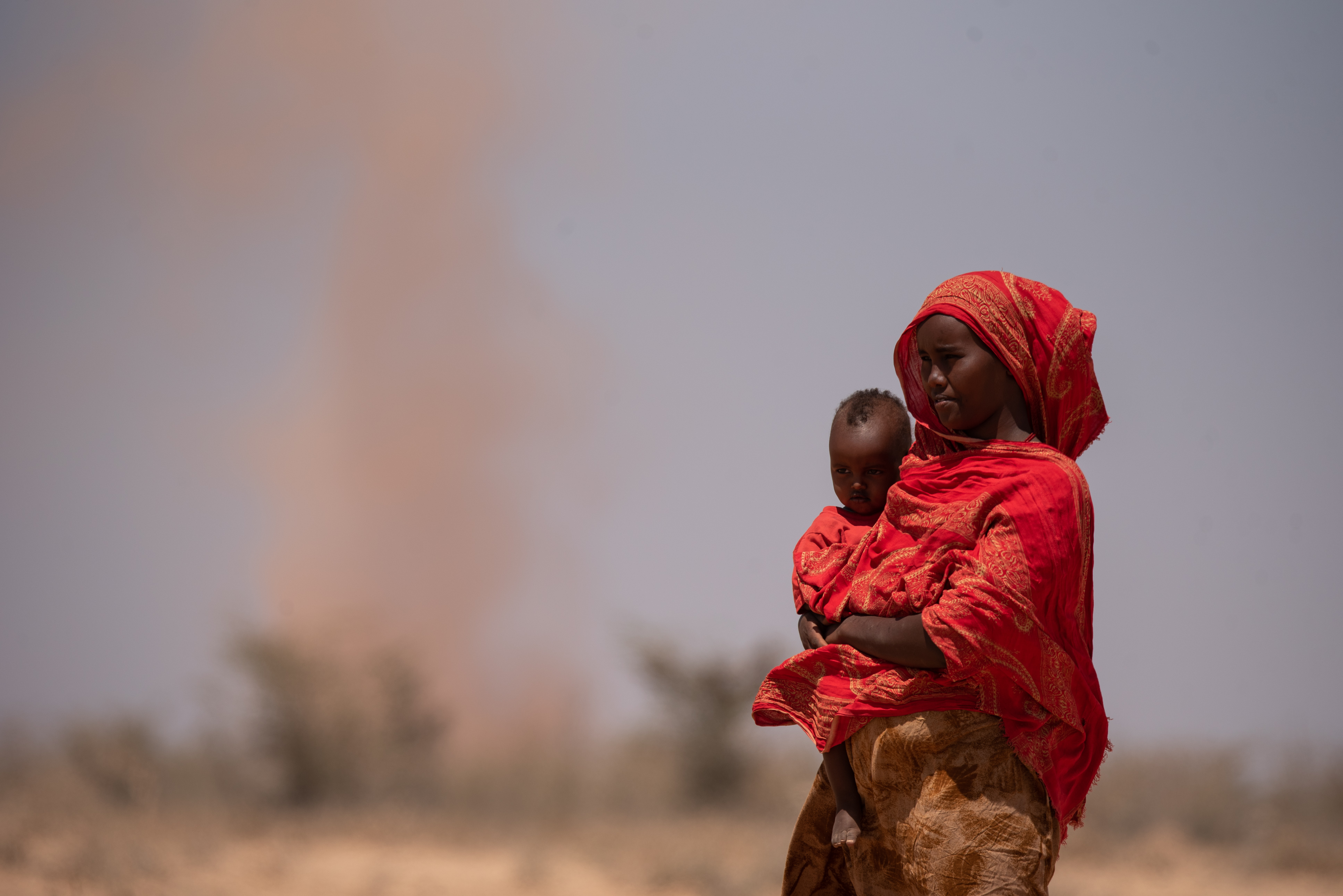The State of the Global Climate and implications for food and agriculture

The devastating impacts of climate change and extreme weather on agriculture and food security featured prominently in the latest Statement on the State of the Global Climate 2022 produced by the World Meteorological Organisation (WMO), in partnership with FAO.
According to the report, the past eight years are on track to be the eight warmest on record, fuelled by ever-rising greenhouse gas concentrations and accumulated heat. In 2022, extreme heatwaves, drought and flooding affected millions and cost billions. These events have significantly affected global food systems, leading to crop failure, food insecurity, and the displacement of millions of people.
“FAO and WMO are working closely together including on the development and implementation of weather and climate monitoring systems, the improvement of agrometeorological forecasting and early warning systems, and the provision of training and capacity-building activities for farmers and other stakeholders in the agricultural sector, in order to confront the very real challenges highlighted in this latest report” said Lev Neretin, Environment Workstream Leader in FAO's Office of Climate Change, Biodiversity and Environment.
Cascading crises of climate change and food security
As of 2021, 2.3 billion people faced food insecurity, corresponding to 9.8 percent of the global population. Rising undernourishment has been exacerbated by the compounded effects of COVID-19 on health, food security, incomes, and equality, as well as the effects of protracted conflicts and violence.
India, Pakistan and the Horn of Africa suffered noteworthy damage and losses from extreme weather events. Extreme heat in India and Pakistan led to a decline in crop yields, which combined with the banning of wheat exports and restrictions on rice exports in India, pose a threat to international food markets and countries already affected by shortages of staple foods.
Monsoon rains led to unprecedented flooding in Pakistan, with an increase in water-borne diseases which spread across the most vulnerable and food-insecure regions of southern and central Pakistan.
In Ethiopia, Kenya and Somalia, an estimated 22.5-23.4 million people faced food Crisis or worse levels of acute food insecurity due to drought and other aggravating factors. 75 percent of the total refugee population have been affected by major cuts in food assistance.
Collaborating for action
At COP27, UN Secretary-General, Antonio Guterres, unveiled an Action Plan to achieve Early Warnings for All in the next five years. Currently half the countries in the world lack early warning systems. FAO is working with WMO to strengthen the development and delivery of timely and accurate weather, climate, and water-related information and services for farmers and other stakeholders in the agricultural sector.
FAO will also support countries, especially those on the frontlines of climate change such as Small Island Developing States (SIDS) and Least Developed Countries (LDCs) to understand the food and agricultural system elements of loss and damage and eventually support them to pursue resources through the Loss and Damage Fund that was agreed at COP27.
